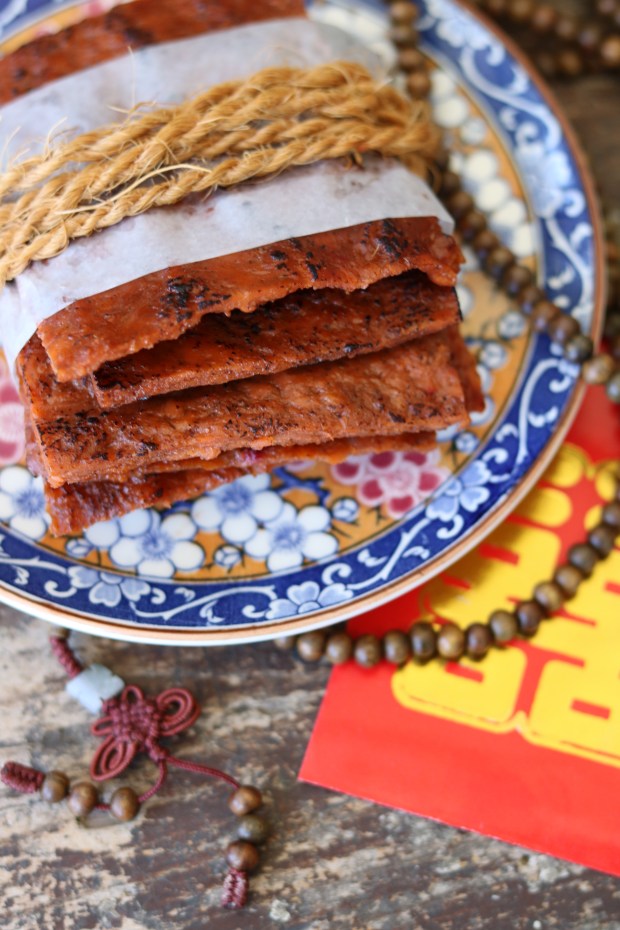Literally translated as “lettuce package”, Sang Choi Bao is made with fatty pork mince which is then eaten encased in crisp lettuce leaves, making it a great option for those of us who are avoiding traditional carbs like rice – something that is quite hard to do with Asian food!
Like most Asian recipes this one does have a few specialist ingredients, all of which are readily available from good Chinese supermarkets, but feel free to leave out whatever you can’t source. The key to the dish is actually in the sauce and the various vegetables, rather than the recipe’s more exotic inclusions. Okay, so this recipe does call for a small amount of sugar (not strictly Banting, I know), but you can just leave it out if you are so inclined.
Substantial and satisfying, this tasty dish scarcely feels like a meal that forgoes anything; and although it certainly isn’t conventional, Sang Choi Bao is also delicious when eaten with rice.
Traditionally eaten with your fingers, Sang Choi Bao is great fun to eat, making it a good dish for sharing. I suggest serving it up in a big bowl surrounded by the lettuce leaves and just let everybody tuck in. You can expect lots of sticky fingers after dinner!
For more Chinese recipes from the Muddled Pantry, please follow the link here.
For tips on stocking a Chinese pantry, please follow the link here.


